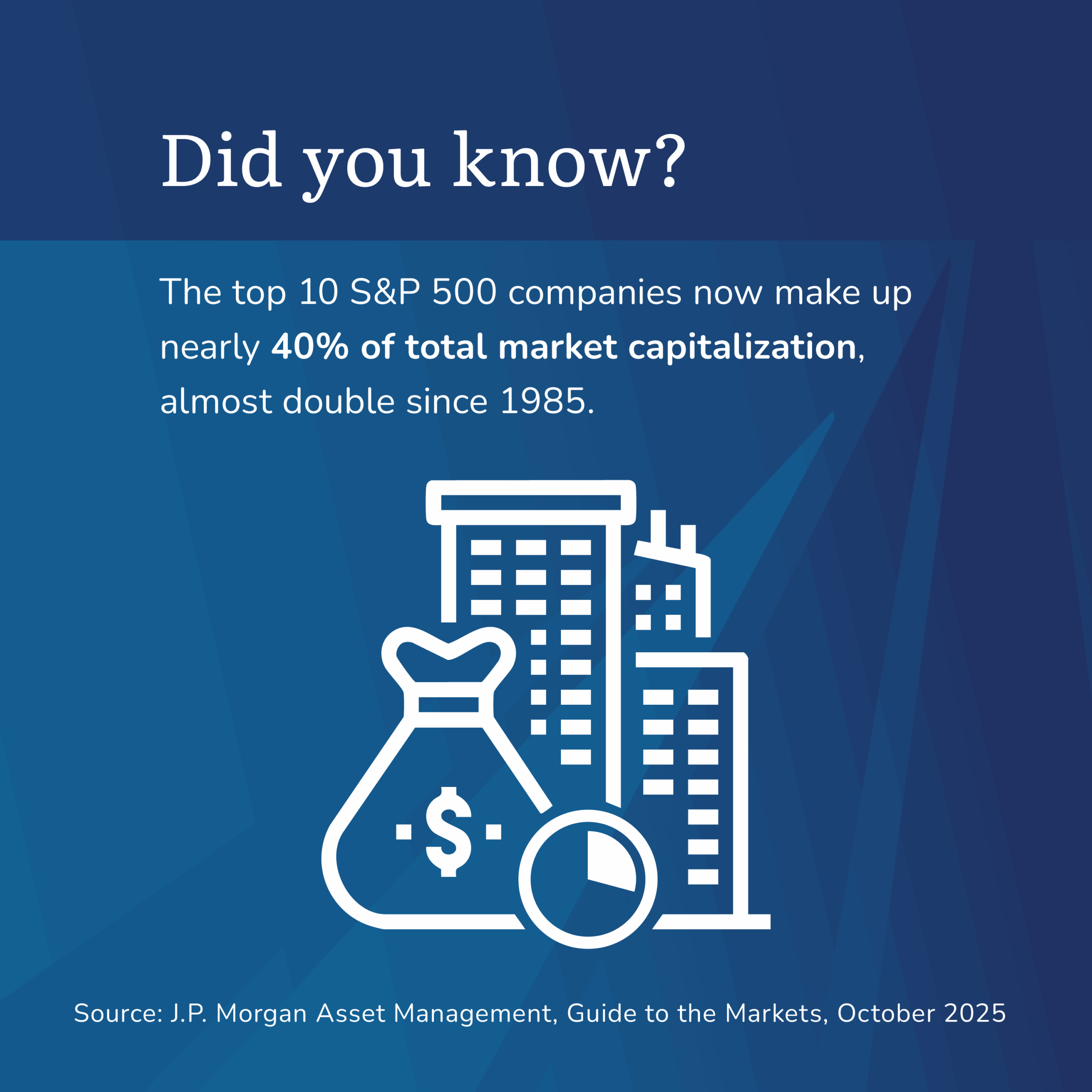Are Bonds the Next Bubble to Burst?
Nary a week has gone by in which we don’t get asked this question in some form or other. Newspapers and CNBC trumpet this headline to grab their readers’ attention, and I make no apology for doing the same—although as you will see as you continue reading, the tone of my article will not be quite as alarming. Newsletters tell their subscribers in UPPERCASE BOLD LETTERS the “secret” that only their subscribers can learn as to how to deal with this risk. Never mind the fact that if they actually had the secret, why would they tell you, and why would they need to sell their newsletter to earn a living? Let’s separate fact from fiction and discuss in a clear-headed manner what investors and our clients should do about this supposed impending disaster.
Back in the early 1980s, you could have purchased a 10-year Treasury bond, backed by the full faith of the U.S. government, with an interest rate of just over 15%. During the past 30-plus years, interest rates have decreased, and earlier this year, rates for 10-year Treasury bonds were at 2.5%. Bond prices move inversely to interest rates. If you own a bond with 5% coupon (or interest rate) and rates go up, such that new bonds pay 6%, your bond becomes less attractive, and the price of your bond goes down. However, if you hold that bond to maturity, barring a default, you will get your full money back at maturity. After interest rates falling for 30 years, we’ve already seen them rise this year, and experts have a consensus view that rates will continue to rise going forward, bringing us back to more normal levels. After all, interest rates can’t get much lower!
If you own an individual bond, you may not worry as much about rising interest rates, because if you ignore the interim price fluctuations, you will get back the full value of the bond, absent a default. There is a risk, though, that if you need money before the bond matures, the price may not equal what you paid for the bond, and you may recognize a loss. In addition, as we saw during the Great Recession, there have been times when liquidity for bonds ceased to exist. Investors were having such a hard time selling them that they accepted whatever price was offered. This price anomaly will affect the price of other people’s bonds too, similarly to how a foreclosure in a neighborhood affects the prices of the other homes in that neighborhood. The price is only as good as what someone is willing to offer.
Most people choose to own bond mutual funds, since owning individual bonds can be expensive and mutual funds can be very diversified. If you own a basket of 10 $50,000 bonds and you suffer one default, that’s a 10% hit. If a bond mutual fund holds 2,000 positions, a bond default is not even noticed. Bond mutual funds are a basket of bonds with a fund manager deciding which bonds to buy, which to sell, and which to keep to maturity. Just like individual bonds, the collection of bonds in a mutual fund will lose (gain) value if interest rates rise (decline). The easiest way to quantify the effect of an interest rate change is to view a bond’s duration. Duration is a measure of a bond’s sensitivity to interest rates and the higher the number, the greater the impact. A bond fund with a duration of three years means that for every 1% change in interest rates, the price will move by 3%. A bond fund with a duration of 15 years would have a larger move associated with a change in rates than a bond fund with a duration of fewer years.
If we knew that interest rates would rise tomorrow (there’s the rub!), we would sell bonds completely to avoid this risk. While we expect rates to rise over the coming years, we don’t know how or when they will rise. At the beginning of 2017, 10-year Treasury bonds were yielding 2.45%. Had someone bailed out of bonds and sat on the sidelines all of last year because they expected interest rates to rise, they could have missed out on great returns (the Bloomberg Barclays Municipal Bond Index was up 5.45% for 2017). In addition, rates may move differently for two-year bonds than they would for 30-year bonds. Lastly, who’s to say that the United States won’t slip back into a recession and that bonds will be the best-performing asset class for the next 12 months—or that stocks won’t drop 20% because they have become overvalued, and then suddenly a small bond loss looks like a good deal in comparison? The point is that trying to time this event is tantamount to useless, and anyone who says they can do it is either lucky or is bound to be wrong more than half of the time.
Given all this, should you be worried about bond losses? Yes and no. I’ll first point out that bonds are not guaranteed to make money over any period of time. If you want a guaranteed return, you can buy a CD or stuff your money into a savings account. Both currently earn a pittance and are almost certain to lose money to inflation over time. But when bonds do lose money, the losses are usually modest because the lower volatility protects bond investors. The worst annual return by the Barclays U.S. Aggregate Bond Index going back to 1976 was a 2.92% decline in 1994. Contrast that to the worst annual stock return going back to 1976 (measured by the S&P 500, including dividends)—37% in 2008—and you can see that by dumping bonds in favor of stocks, you avoid the interest rate risk but are simply exchanging this risk for overall market risk, which is far greater. Many of our clients have seen us walk through the long-term modeling in Money Guide Pro and have seen that the results frequently look better the more bonds someone owns. While the average returns each year will be lower (if we assume stocks outperform bonds), the volatility is reduced, and that may cause the probability of a successfully funded retirement to increase. If you had a choice between earning 8% per year with a 50% probability of successfully funded retirement, or earning 7% per year with a 90% probability of success, which would you choose? We think that for a majority of our clients, the probability of retirement success is more important than leaving a larger inheritance.
A number of investors have pointed to dividend-paying stocks, Master Limited Partnerships (MLPs), or Real Estate Investment Trusts (REITs) as appropriate alternatives to bonds. All three investments provide a potentially higher yield than cash and bonds, but without the interest rate risk. Sounds good, right? Unfortunately, investors are again simply avoiding one risk (interest rate) for another risk (market risk), as these investments got hammered in the Great Recession. Here’s a table of their returns from 10/31/2007 through 2/28/2009:
Investment (based on Morningstar Office)Cumulative ReturnDJ U.S. Select Dividend TR USD-53.32%Average of the 20 largest MLPs in the Alerian MLP 50 Index-31.04%DJ U.S. Select REIT TR USD-66.14%
The Alerian MLP Index has only been in existence since 4/2009.
So if we have concluded that market timing does not work, and that many classic bond “alternatives” seemingly have more risk, not less, does that mean we sit back and acquiesce to the bond universe? Not entirely. At our firm, we’ve made a number of changes to our clients’ bond portfolios going back several years. First, we shifted a portion of the fixed-income funds into shorter-duration funds. None of the traditional bond funds in the portfolio currently have a duration longer than five years, and there is currently very little invested in long-term bonds. Should rates rise, this will help mitigate the losses. Second, we have carved out 25% of the bond portfolio into what are called “unconstrained bond funds.” These funds have wide latitude and buy foreign bonds, junk bonds, long bonds, and T-bills, or even short the market and make a bet on higher interest rates. The risk exists that these active funds make wrong bets and underperform the market, but so far, their track record has been very strong. The main reason we are using these managers is to protect on the downside should interest rates rise, as opposed to trying to make a high return with high risk. Lastly, we continue to keep an exposure to inflation-protected bonds. If interest rates rise because investors are concerned about higher inflation, these bonds have the ability to outperform traditional bonds.
If your investment horizon is short-term, bonds may prove to be a low- (or negative-) returning investment. Never assume that bonds will always provide positive returns: if someone is looking out 30 years, they will see ebbs and flows in all markets. Our advice: stay relatively safe in your bond portfolio, stay connected to the annual review of your Money Guide Pro retirement plan, and stay calm. Unfortunately, the headlines are more entertaining than the reality of the situation.
Feel free to contact Brett Horowitz with any questions by phone (305.448.8882 ext. 216) or by email: [email protected]
Visit us at www.EK-FF.com
Categories
Recent Insights
-

The OBBA §179 Deduction: Conversations Every Business Owner Should Be Having
It’s all the buzz… Congress passed another “new law” — the One Big Beautiful Bill Act (OBBBA). In it, major changes to the OBBA §179 deduction start in 2025. For small and mid-sized businesses, this could result in significant tax savings and better cash flow when investing in equipment, technology, or improvements. Forget all the…
-

Collaborative Divorce: Navigating Legal and Financial Decisions with Clarity
Divorce can be one of life’s most challenging transitions, affecting both emotional well-being and financial stability. How the process unfolds can influence your future for years to come. Collaborative divorce offers an approach that emphasizes clarity, control, and cooperation. While it may not be right for everyone, it provides a structured path for families who…
-

Giving Back—and Giving Forward: A High-Level Look at Charitable Lead Trusts
For families and individuals who want their wealth to reflect their values, estate planning is about more than numbers—it’s about purpose. Many seek ways to have a lasting philanthropic impact while also ensuring their loved ones are supported for generations. A Charitable Lead Trust (CLT) is one strategy that can help accomplish both. Real-Life Scenarios:…
-

Talk Your Chart | Artificial Intelligence, Global Markets, And What Really Drives Returns | Ep. 73
In Episode 73 of Talk Your Chart, Marcos and Brett begin by diving into the ongoing debate about Artificial Intelligence (AI) and its potential as a market bubble. They explore the real-world implications of AI for the economy, industries, and global markets. Drawing on historical market comparisons, such as Alan Greenspan’s 1996 warning about “irrational…
-

Heads or Tails: Navigating Pet Custody During Divorce
Divorce is rarely easy, and when pets are involved, it can become even more emotionally complex. For many couples, deciding who gets custody of a pet can be as heart-wrenching as dividing financial assets or determining child arrangements. Legally, pets are considered property in most states—but emotionally, they’re often family. That disconnect between law and…
